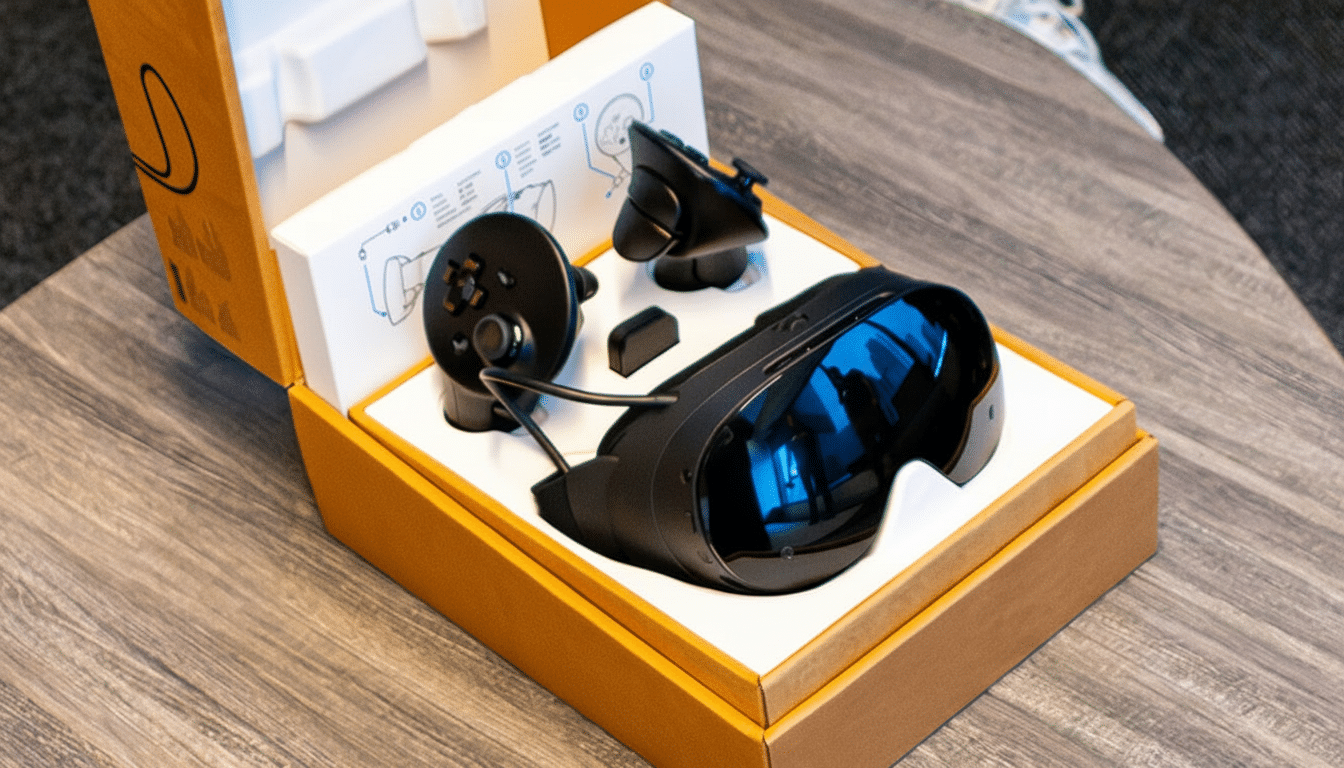Valve has announced that games running on Android are headed to Steam, an unprecedented about-face for a company dating back to the doom-and-gloom of Windows 8. With the new Steam Frame headset, Valve suggests developers can play the same APK builds they already pass to mobile and Meta Quest on Steam without friction or added time-to-market.
The move is more an alignment with the state of things than a new feature, as Quest headsets are based on Android and getting titles in there will be quicker than creating a bespoke port. Valve’s representatives described the goal in no uncertain terms: A user shouldn’t have to think about platforms—download a game on Steam, press play, and it works.

Why Android on Steam fits Valve’s distribution playbook
Is Steam the largest?
As for Steam dominating the PC gaming storefront, it does so in terms of active engagement, with 35+ million concurrent users at a time, according to Valve’s own numbers.
In the meantime, mobile continues to reign with the largest share of industry revenues — Newzoo says that it accounts for an estimated 49% of all gaming spend globally. Bringing Android games into Steam reconciles these two facts, and provides developers with a way to reach the huge paying audience of Steam without having to ditch their entire build pipeline.
For VR, the advantages are even more clear and immediate. Quest-native studios already pursuing Android with Unity or Unreal can easily knock on the door of Steam’s PC-centric community without reinventing input, rendering, or packaging. That can cut down on duplicate engineering and QA expenses, while also maintaining harmony in update cadences across stores.
How Android games will run on Valve’s new Steam Frame
Steam Frame, according to Valve, natively runs Android APKs on an Arm-based Snapdragon 8 Gen 3 platform. These games execute on the hardware they’re designed for, reducing translation overhead. However, Valve still intends to use Proton—the compatibility layer that is most famous for making it easy to run Windows games on SteamOS—to ensure better and more consistent Steam integration.
Proton’s participation could simplify controller mappings, overlays, storefront entitlements, and cloud saves—even if the underlying package is an Android app.
Valve has crucially confirmed that Steam Frame supports sideloading, though this official store support will offer users a more straightforward, safer install path and provide developers with one place to manage updates and telemetry.
With these titles all running natively on Arm, Valve promises performance will be strong. Snapdragon 8 Gen 3 brings flagship-caliber mobile compute and graphics; if you are a Quest developer, you should have a good starting point for your optimization targets on Steam Frame.
What developers should expect when bringing Android to Steam
Most studios shipping Android builds with Unity or Unreal can reuse their existing toolchain. The “meat” of the work will be to bring Steamworks—entitlements, achievements, cloud saves, and input profiles—together with just making sure their games feel fantastic whether you are using controllers, tracked motion, or keyboard and mouse as appropriate. Touch-first UIs might change the way you plan your navigation system and size text for both headsets and screens.

If you’re a VR developer focusing on OpenXR on Quest, you might be in good shape. Testing will continue to be necessary: performance envelopes, thermals, and sensor behavior differ across devices—even within the Android ecosystem. Obviously, input abstraction layers like Steam Input can help to minimize edge cases, but don’t forget that good old-fashioned accuracy between monitors will still be paramount for launch-day stability.
Monetization models may also shift. Steam has its UBEs (ultimate blockbusters early), mobile has F2P (free-to-play) and in-app purchases. Developers have to juggle the various SKUs and be clearer about cross-buy, cross-progression, and save portability so as not to confuse people.
Valve’s broader Arm ambitions beyond the new Steam Frame
Valve officials have also indicated that SteamOS is paving a wider road to Arm.
Company engineer Pierre-Loup Griffais also hinted that the Steam Frame work could pave the way for SteamOS to be more broadly supported across Arm devices—laptops and future handhelds were also mentioned obliquely. It’s a big step after years of x86-first considerations buoyed by PC and Steam Deck ecosystems.
That could lead to a new wave of lightweight gaming devices if SteamOS is hardware-agnostic across x86 and Arm, in addition to extending Valve’s reach beyond the Deck. It also sets Steam up to integrate more smoothly with mobile-caliber silicon from chip makers like Qualcomm as power-per-watt metrics continue to get better.
The competitive stakes for Google, Microsoft, Meta, and Valve
Already, Google has been promoting Play Games on PC to bring Android games over to Windows with native performance.
That compares to Microsoft shuttering its Windows Subsystem for Android. For its part, Meta is still building an Android-based VR ecosystem. Valve’s move adds a third, very visible lane for Android distribution—an area with strong community features, a history of mod culture, and a high attach rate for paid content.
For players, the upside is convenience. While there could be more Android and Quest-first games sitting next to traditional PC titles in Steam libraries, with a single, cohesive update package—possibly delivered through Oculus—don’t be surprised if the early stars tend toward high-quality mobile conversions and VR apps already fine-tuned for controllers and motion input; games with a strong focus on touch will likely continue to play second fiddle (unless developers refashion their experiences).
The fact is: by embracing Android games, Valve is breaking down platform walls in a way that’s good for developers and players both. It reduces the friction of VR and mobile ports on developers, grows Steam’s library with limited resistance, and hastens Valve’s Arm-based hardware and software efforts. If done right, it could be one of Steam’s most important platform expansions in years.

